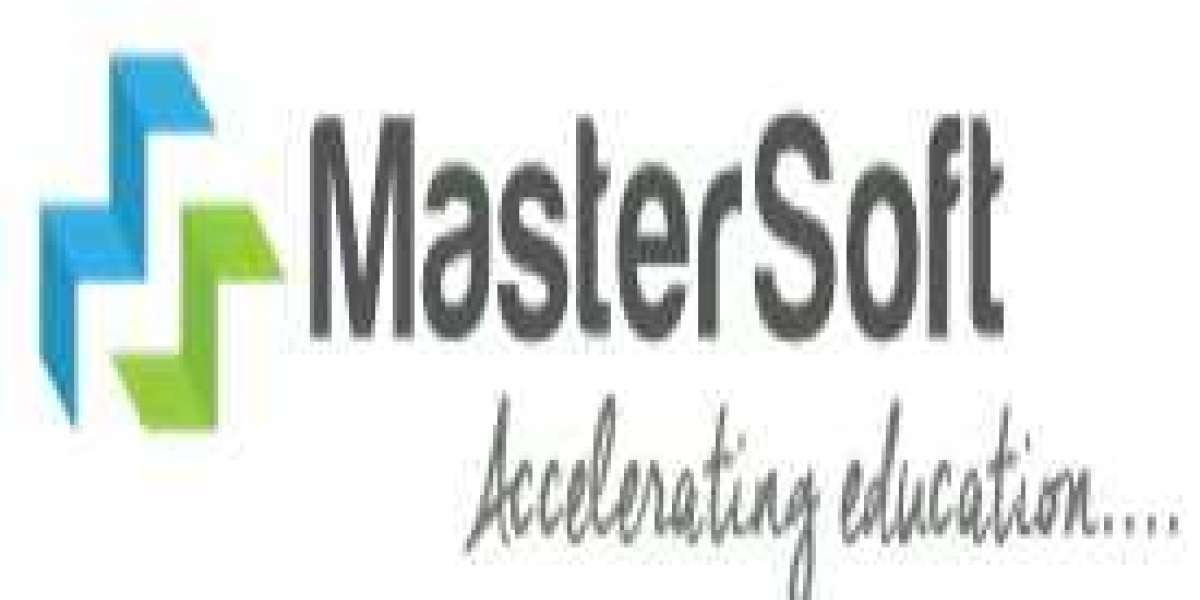Introduction
The Philippine education system is undergoing a significant transformation with the introduction of the MATATAG Curriculum. Aimed at enhancing the current K-12 program, this initiative by the Department of Education (DepEd) seeks to address critical challenges and improve learning outcomes. “Matatag,” meaning resilient and steadfast, reflects the curriculum’s focus on creating a strong foundation for Filipino students. In this article, we explore the principles, goals, and impact of the MATATAG Curriculum and its role in preparing the youth for a brighter future.
1. Understanding the MATATAG Curriculum
The MATATAG Curriculum is an improved version of the K-12 framework designed to prioritize quality and relevance in education. It streamlines the learning process by focusing on essential skills like literacy, numeracy, and problem-solving while embedding values education to cultivate well-rounded individuals.
This curriculum aligns with DepEd’s mission to produce lifelong learners equipped to meet the demands of the 21st century.
2. Objectives of the MATATAG Curriculum
The MATATAG Curriculum is grounded in three primary objectives:
- Improved Foundational Skills: Strengthening literacy and numeracy to ensure students have the essential tools for learning.
- Holistic Development: Fostering academic excellence alongside civic responsibility and ethical values.
- Workforce Readiness: Equipping students with technical and vocational skills for enhanced employability.
By focusing on these areas, the curriculum seeks to address long-standing issues in the Philippine education system.
3. Key Features of the MATATAG Curriculum
The MATATAG Curriculum stands out with its innovative approach to teaching and learning. Some of its key features include:
- Reduced Curriculum Load: By streamlining subjects, the program focuses on depth over breadth, promoting mastery of essential topics.
- Values Integration: Lessons incorporate Filipino values such as bayanihan (community spirit) and respect for others.
- Technical-Vocational Education: Senior high school tracks now emphasize practical skills aligned with industry needs.
- Enhanced Assessment Methods: Evaluations focus on measuring understanding and application rather than memorization.
4. Challenges the MATATAG Curriculum Aims to Solve
The Philippine education system has faced several persistent issues, including:
- Learning Gaps: Many students lag behind in literacy and numeracy, affecting overall academic performance.
- Curriculum Overload: Previous frameworks introduced too many subjects, leading to information overload.
- Mismatch with Workforce Needs: Graduates often lack the skills required for local and global job markets.
The MATATAG Curriculum addresses these issues through targeted interventions and a learner-centered approach.
5. Implementation Strategies
The successful rollout of the MATATAG Curriculum depends on effective implementation. DepEd has outlined the following strategies:
- Teacher Training Programs: Empowering educators to deliver the curriculum effectively through workshops and certifications.
- Resource Development: Providing updated learning materials tailored to the new framework.
- Stakeholder Collaboration: Engaging parents, teachers, and community leaders to support the curriculum's goals.
- Monitoring and Evaluation: Regularly assessing the program to ensure continuous improvement.
6. Impact on Students, Teachers, and Communities
The MATATAG Curriculum is poised to create a lasting impact:
- For Students: A more focused and engaging learning experience that builds essential skills for academic and professional success.
- For Teachers: Enhanced teaching methodologies and professional development opportunities.
- For Communities: A generation of learners who are not only educated but also prepared to contribute to society meaningfully.
7. How the MATATAG Curriculum Aligns with Global Goals
The MATATAG Curriculum supports the United Nations Sustainable Development Goal 4, which advocates for quality education for all. By addressing foundational learning and promoting inclusivity, it positions the Philippines as a leader in educational reform in Southeast Asia.
8. The Future of the MATATAG Curriculum
The MATATAG Curriculum is not static; it is designed to evolve with the changing educational landscape. Feedback from schools and communities will shape its future, ensuring it remains relevant and effective. DepEd's commitment to innovation and collaboration will be critical in sustaining its success.
Conclusion
The MATATAG Curriculum represents a transformative step in Philippine education, offering a streamlined, skill-focused, and values-driven approach to learning. By addressing existing challenges and preparing students for the demands of the modern world, it lays the foundation for a more resilient and capable generation.
As the curriculum continues to roll out nationwide, it holds the promise of elevating the quality of education in the Philippines and creating a better future for its youth. Through collaboration and commitment, the MATATAG Curriculum aims to be a beacon of hope and progress for Filipino learners and the nation as a whole.








